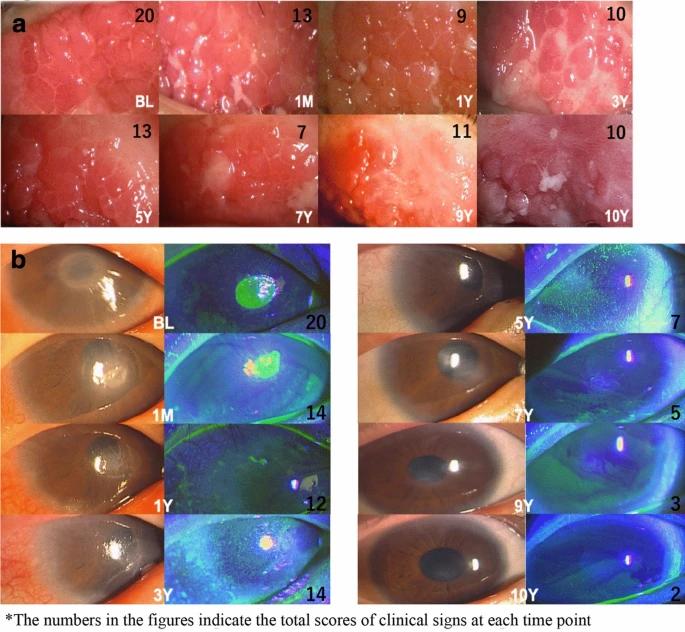- Research
- Open Access
Several immune mechanisms activate in COVID-19 pathogenesis. Usually, coronavirus infection is characterized by dysregulated host immune responses, interleukine-6 increase, hyper-activation of cytotoxic CD8 T lymphocytes. Interestingly, Vitamin D deficiency has been often associated with altered immune responses and infections. In the present study, we evaluated Vitamin D plasma levels in patients affected with different lung involvement during COVID-19 infection.





